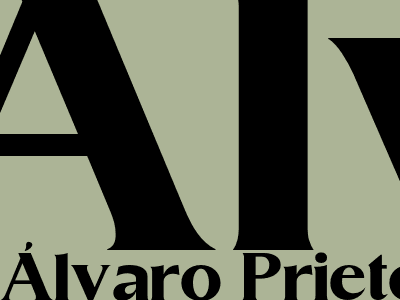
The Importance of Álvaro Prieto in the World of Architecture
Introduction
Álvaro Prieto is a renowned Spanish architect who has made significant contributions to the field of architecture. His innovative designs and commitment to sustainability have earned him international recognition and numerous awards.
Early Life and Education
Álvaro Prieto was born in Madrid, Spain, in 1952. He developed a passion for architecture at a young age, and pursued his studies at the Escuela Técnica Superior de Arquitectura de Madrid. After graduating, he worked for several architectural firms in Spain before establishing his own practice in 1985.
Architectural Style
Prieto's architectural style is characterized by its simplicity, functionality, and elegance. He believes that architecture should be responsive to the needs of its users and the environment. His designs often incorporate natural elements and sustainable materials, creating buildings that are both aesthetically pleasing and environmentally friendly.
Notable Projects
Prieto has designed numerous notable buildings throughout the world, including the Museum of Contemporary Art in Barcelona, the CaixaForum in Madrid, and the Spanish Embassy in Berlin. His work has been widely praised for its innovative use of space, light, and materials.
Awards and Recognition
Prieto has received numerous awards for his work, including the RIBA International Award, the Mies van der Rohe Award, and the Spanish National Architecture Award. He has also been recognized by several international organizations, including the American Institute of Architects and the Royal Institute of British Architects.
Contributions to Sustainability
Prieto is a strong advocate for sustainability in architecture. He believes that buildings should be designed to minimize their environmental impact and promote human well-being. He has implemented sustainable practices in his own projects, such as using recycled materials, incorporating natural ventilation, and designing energy-efficient buildings.